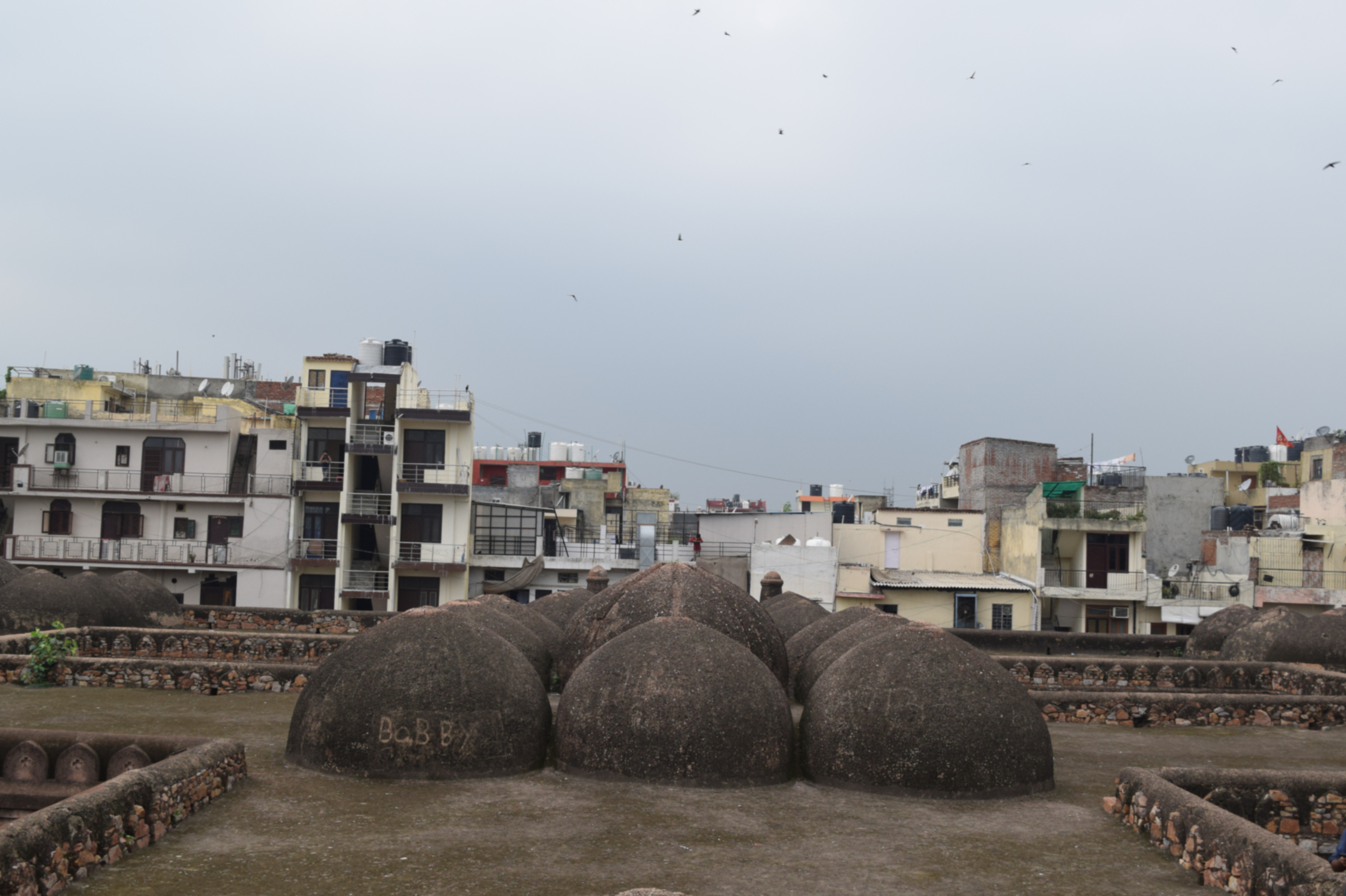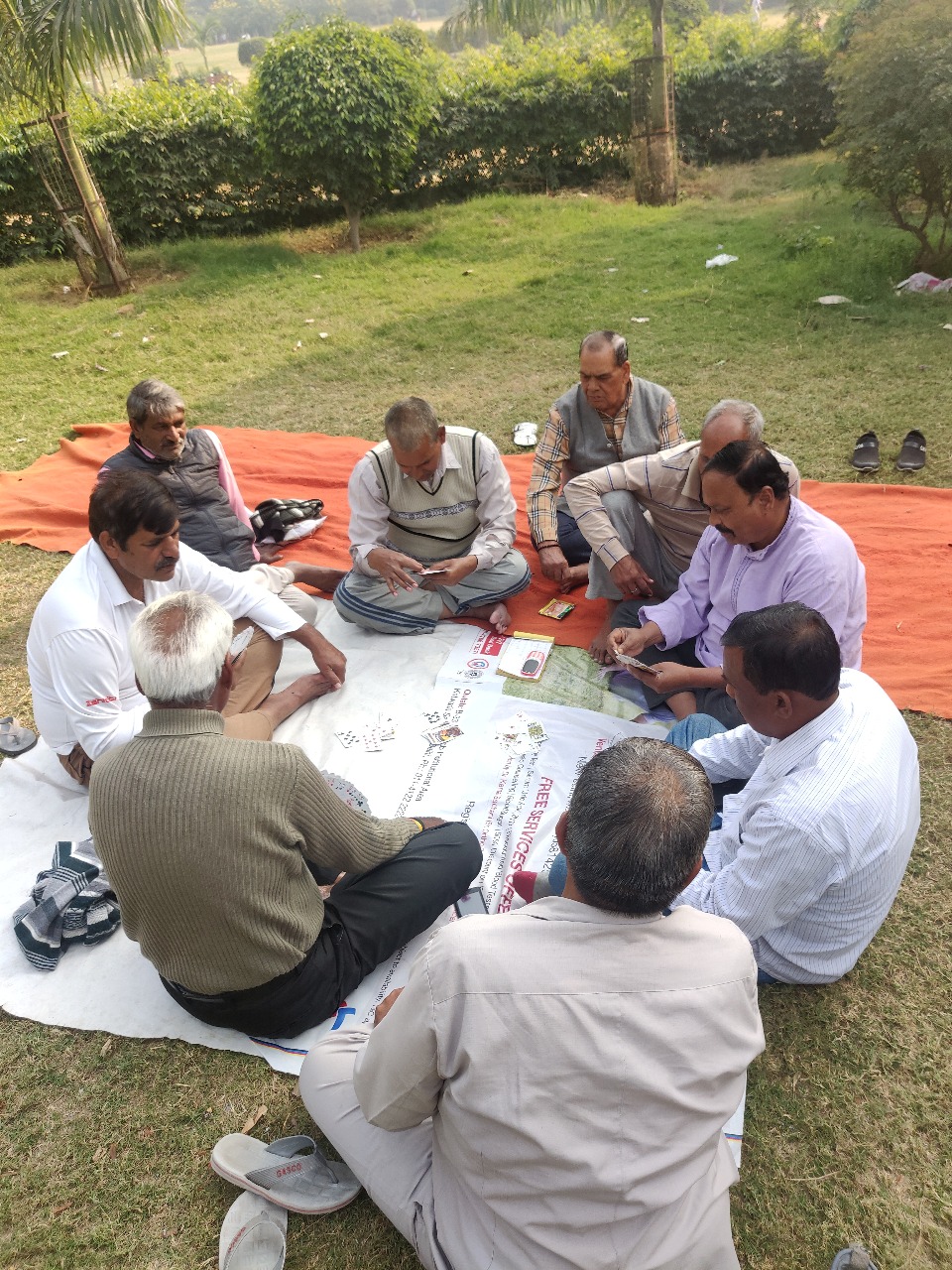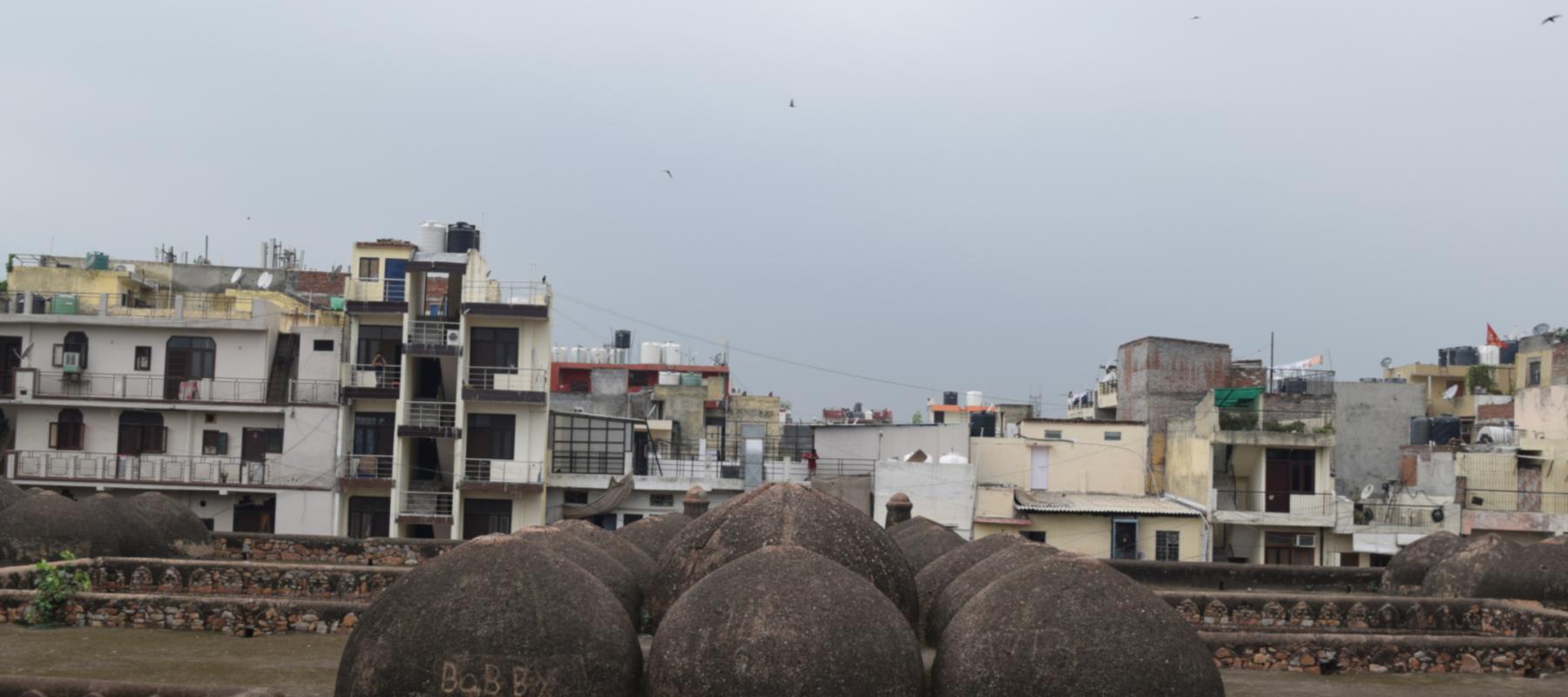The Khirki Village is a small community of around 90 families, residing in the heart of Delhi, yet carrying their age-old customs, beliefs and practices with them. According to the village’s traditional record keeper, a man by the name of Khoobi Singh migrated from Madhya Pradesh to Delhi along with his brothers in the 14th century and established the village. The dominant Chauhan community considers Khoobi to be the father of the village. For the last 700 years, the community has occupied the same space, witnessing the reign and fall of empires, the country's independence, and the modern state as it exists today.
The village, along with 300 other such settlements, is classified as an "urban village" by the Delhi Development Authority (DDA). New Delhi’s “urban villages” are the result of government land acquisition that began in 1912 (through the Land Acquisition Act, 1894) and continued into the 1960s. During the expansion prior to 1950, entire villages were purchased and traces of their existence completely removed from official maps. In contrast, from the 1950s onwards, the DDA acquired only village farmlands and left the residential quarters of these areas untouched. These residential pockets came to be known as “urban villages,” and share an ambiguous relationship with the planning and municipal authorities of the city. The term used for such settlements is ‘Lal Dora’, which refers to the boundary of the villages within which laws of corporations or urban authorities are not applicable. As a result, these settlements are an unplanned and dense maze of buildings and narrow streets.

Another layer makes the village more interesting: the presence of two Tughlaq era monuments. While the village today is an exclusive Hindu settlement, it derives its name from a 14th-century mosque, Khirki Masjid. The beautiful mosque was an architectural marvel for its time and is one of the last few remaining of this style. On the other side of the village is a seven-arched dam, Satpula, which was constructed by Emperor Feroz Shah Tughlaq as a means of water harvesting and storing. Today, both the monuments lie abandoned and almost look haunted. The village community, however, has several interesting stories to tell about their experiences with the monuments from a few decades ago.

With the rapid development of the city, the village has become an “urban village” and is no longer a small homogeneous community of the traditional village. The village’s outcrop, Khirki Extension, has grown quickly and is now even larger than the old village. The area was once the village’s grazing ground, and is now dotted with narrow lanes occupied by a diverse group of migrants to the city. This makes the area more vibrant. One can walk through the lanes of Khirki Extension and enjoy Afghani bread, Kerala stew and some African delicacies.
To know more about Firoz Shah Tughlaq and his first capital, read Sahapedia's interview with Nalini Thakur.

